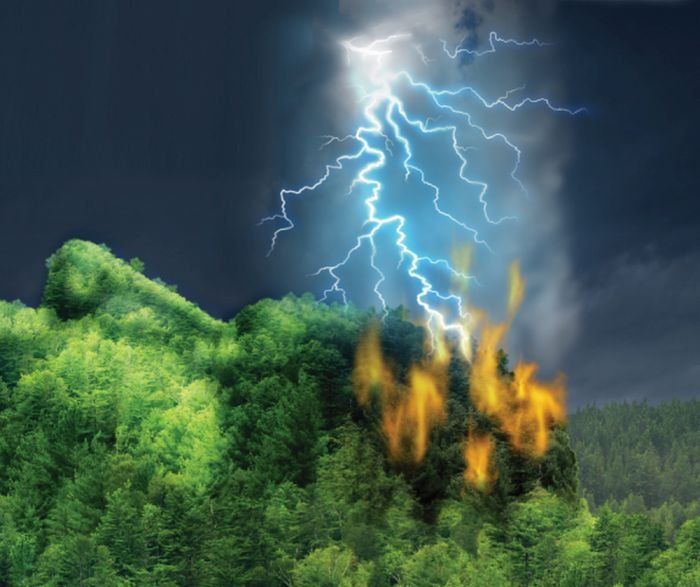Publication
Article
Psychiatric Times
Seeing the Forest Through the Fees: Earning Your Green Using the New, Confusing CPT Codes
Author(s):
E&M codes are more complicated to learn, but psychiatrists can now deservedly get paid more for treating their more complicated patients or for engaging in time-consuming activities. Here: a focus on codes 99212 to 99215.
TABLE 1 - Elements of the examination and scoring guide
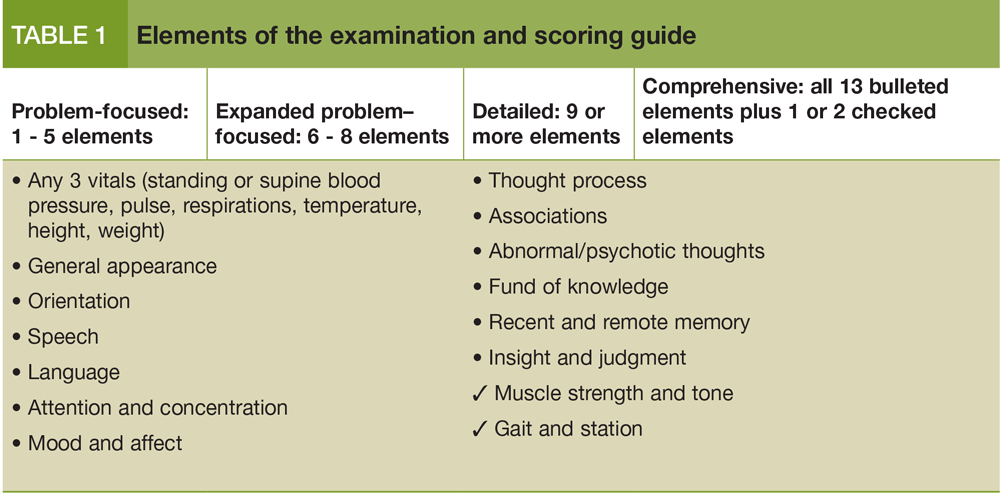
TABLE 2 - History component guide

Figure. Process to determine the appropriate outpatient follow-up E&M code
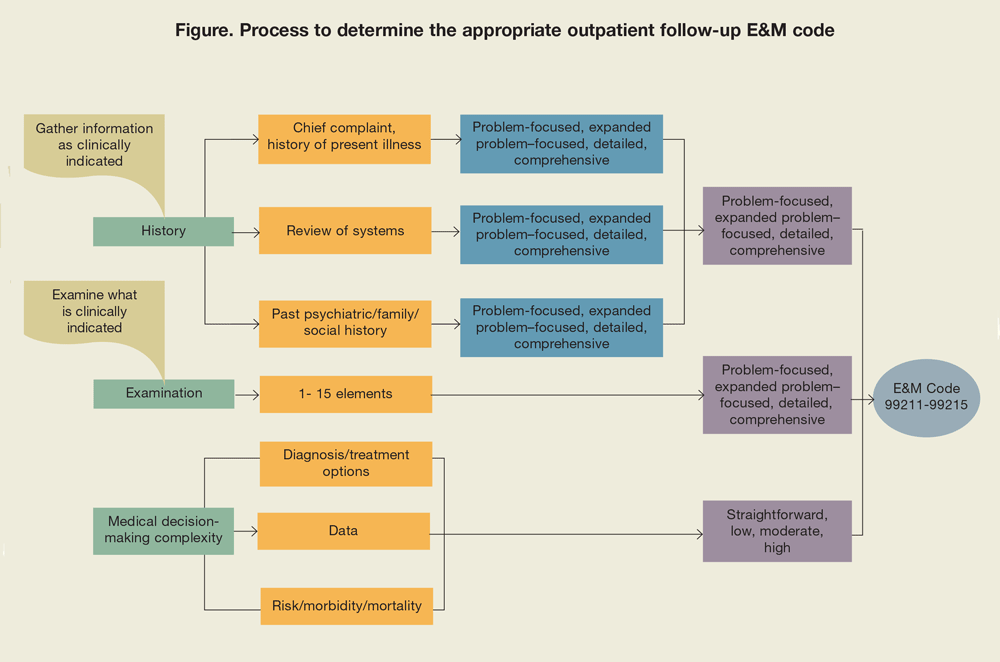
TABLE 3 - Medical decision making, part 1
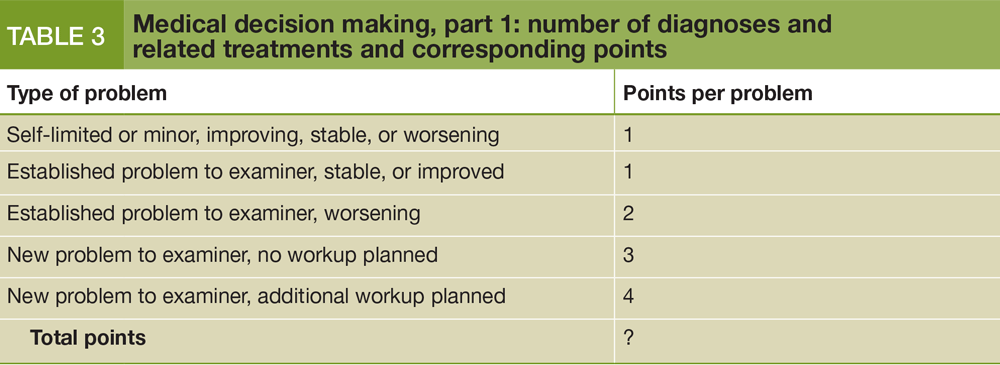
Table 4 - Medical decision making, part 2

TABLE 5 - Medical decision making, part 3
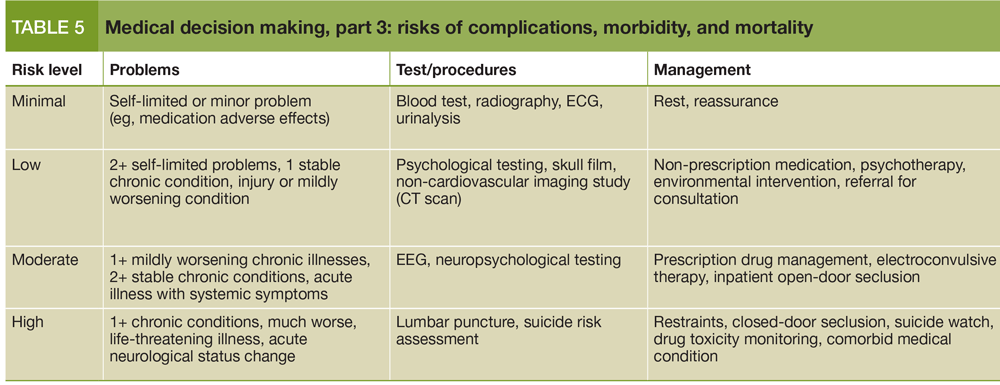
TABLE 6 - Choosing the overall medical decision complexity

TABLE 7 - Final code guide

Gone are the simpler days before 2013, when psychiatrists could bill third-party payers for their services using just a few codes based largely on the type of service provided, such as an initial evaluation (90801, 90802), psychotherapy with medication management (90805, 90807), or medication management alone (90862). Now, to more accurately capture the complexity of what many psychiatrists are actually doing, the new Evaluation and Management (E&M) codes in use since January 2013 are based on the components of the patient encounter, namely the history, the examination, and the assessment and plan, or medical decision making, to use the language of the code. Although the codes are more complicated to learn initially, psychiatrists can now deservedly (in our opinion!) get paid more for treating their more complicated patients or for engaging in time-consuming activities, such as coordinating care when necessary or providing psychotherapy.
The new, 5-digit E&M codes start with 99 and are usually used by physicians and other prescribers, such as nurse practitioners, for either an initial evaluation or for a psychiatric follow-up visit. But there are also add-on codes, such as psychotherapy codes and interactive codes, that can be combined with an E&M code or billed separately, as in the case of psychotherapy, to capture the additional complexity of the work.
In this article, we focus on the codes for outpatient follow-up visits, namely 99212 to 99215, because clinicians are likely to bill those codes most often. The Figure illustrates the process needed to determine the appropriate code.
The examination component
Let us review first the examination component of the encounter, which is the easiest to code. The elements of the examination are derived from Medicare’s 1997 documentation guidelines for evaluation and management services.1 Simply put, each element of the examination (eg, orientation, thought process) is counted, and the more you do and document, the more comprehensive the examination is. Documentation of 1 to 5 elements is scored as a problem-focused examination and 6 to 8 elements as expanded problem–focused. Nine or more documented elements count as detailed, and any 3 vitals plus 12 psychiatric elements and 1 or 2 neurological elements (either muscle strength and tone and/or gait and station) constitute a comprehensive examination. The elements and the scoring system are shown in Table 1.
In general, factors such as the chief complaint, interval history, medical status, and prescribed medications should guide how comprehensive you need to be regarding the examination as described above and the history component, which we describe next.
Coding the history component
The history component is a little more involved because it has 3 sections:
• History of present illness (HPI)
• Review of systems
• Past psychiatric/family/social history (PFSH)
Brief and extended HPIs are distinguished from each other by the amount of detail needed to accurately characterize the clinical problem(s). A brief HPI consists of 1 to 3 of the following elements: quality, duration, location, frequency, severity, timing, context, modifying factors, and associated signs and symptoms. An extended HPI consists of at least 4 elements of the HPI or the status of at least 3 chronic or inac-tive conditions. See Table 2 to compare the scoring of conditions versus elements.
For the review of systems (ie, constitutional, eyes, ears/nose/mouth/throat, skin, cardiovascular, respiratory, GI, genitourinary, integumentary, neurological, musculoskeletal, allergy/immunological, hematological/lymphatic, and endocrine), Table 2 shows that documenting just 1 system makes this section of the history component expanded problem–focused, and 2 to 9 systems documented confers a score of detailed. One or 2 systems are probably reasonable to inquire about if the clinician is prescribing a medication and assessing adverse effects (eg, sleep and energy level [constitutional], appetite [GI], palpitations [cardiovascular], muscle stiffness [musculoskeletal]). Physicians often forget to take credit for this review, but it is easy enough to do and document.
If no items in the PFSH section require an update, the history component will be coded either problem-focused or expanded problem–focused, depending on the combination of HPI elements and systems reviewed (Table 2). However, if just 1 pertinent update is indicated-eg, the social history-this entire section of the history is scored as detailed. If it is necessary to update 2 or 3 parts of the PFSH section, then the score is comprehensive for the PFSH section. Only in the history component of the encounter note do all separate sections need to meet or exceed a specific level of complexity for the history component to be coded at that complexity level. For example, for an expanded problem– focused history, 1 to 3 elements of an illness and review of 1 pertinent system are required.
Coding the medical decision complexity component
Similar to the medical decision-making component, the history component also has 3 sections. As opposed to the history, in which all sections must meet or exceed the level ultimately selected for the history component as a whole, only 2 of the 3 sections in the medical decision-making component must meet or exceed the complexity level ultimately chosen for the encounter. Overall medical decision making is a combination of the following sections: number of diagnoses and treatments (from 1 point for each single, stable diagnosis to 4 points for each diagnosis that is worsening and requires significant management; Table 3), additional data reviewed or required (1 point for ordering laboratory tests, obtaining an ECG, making contact with other providers, or reviewing additional records; Table 4), and risk level. In other words, with the new E&M codes, providers are appropriately credited for increasingly complex clinical decision making and escalating risk.
As shown in Table 5, determination of risk level (minimal, low, moderate, or high) considers the type of problem(s) you are treating, the tests and procedures involved, and your management of the case at the time of the encounter. Only in the risk level section of medical decision making does the highest level of risk for any of the above 3 considerations determine the overall level. As shown in Table 5, clinicians who are prescribing medication will automatically score at least “moderate” on this section of medical decision making, and possibly higher depending on the nature of the encounter.
Counting up the number of diagnostic and treatment options, the amount of additional data reviewed, and the overall risk produces the score for the complexity of medical decision making (Table 6). If you meet or exceed the requirements for 2 of 3 subsections for a specific medical complexity level, then this component of the encounter note earns the designation for that level, namely straightforward, low, moderate, or high.
Determining the right E&M code
To determine the appropriate E&M billing code, see Table 7; remember that 2 of 3 complexity levels must be met or exceeded for the code chosen. For example, for a 99214 (detailed encounter) code, the history and examination components must both be at least detailed, or if just 1 is detailed, it must be accompanied by at least a moderate level of medical decision-making complexity. Similarly, for a 99215 (comprehensive encounter) code, both the history and examination must be comprehensive; if just 1 is comprehensive, the medical decision-making complexity must be coded as high.
Theoretically, one could complete each item in the history and examination section (including neurological examination) on a stable patient who is receiving an antidepressant but requires no medication changes with a straightforward score on medical decision making as 99215. However, according to the CMS Manual System,2 medical necessity is the “overarching criterion for payment in addition to the individual requirements of a CPT code. It would not be medically necessary or appropriate to bill a higher level of evaluation and management service when a lower level of service is warranted. The volume of documentation should not be the primary influence upon which a specific level of service is billed. Documentation should support the level of service reported.”
Private payers also adopt CMS claims processing guidelines. The AMA’s Current Procedural Terminology3 addresses the medical necessity issue with the detailed description of each code as well as with clinical examples. Essentially, do what is clinically necessary, document accordingly, and your charts should pass with any payer who might audit your charts.
Billing by time for counseling and coordination of care
As shown in Table 7, each billing code is associated with an average number of minutes spent with the patient (and/or family members). If you spend more than 50% of the encounter engaged in counseling (not psychotherapy) and coordination of care, then time, rather than the complexity of evaluation and management, guides the code you choose. Counseling consists of discussing diagnostic results, impressions, prognosis, and/or recommended diagnostic studies; risks and benefits of treatment options; instructions for management/treatment and/or follow-up care; the importance of compliance with treatment; risk factor reduction; and any additional patient and family education.3 Coordination of care includes coordinating care with other physicians, other qualified health care professionals, or agencies consistent with the nature of the problem(s) and the patient’s and/or family’s needs.3
For periodic, significant changes in clinical status or management, counseling and coordination of care may be necessary. Be sure to document that you spent more than 50% of the time doing counseling and coordination of care, along with the related activities you engaged in. For a 99215 code, these activities entail more than 20 minutes of a 40-minute encounter, namely more than 50% of the total time. It is estimated that 20% of patient encounters might be time-based encounters as opposed to a typical E/M (complexity-based) encounter.4
Adding on psychotherapy code to the E&M code
Psychotherapy is defined as “the treatment of mental illness and behavioral disturbances in which the physician or other qualified health care professional, through definitive therapeutic communication, attempts to alleviate the emotional disturbances, reverse or change maladaptive patterns of behavior, and encourage personality growth and development.”3 Basically, psychotherapy is treatment, whereas counseling is education. The number of minutes determine the psychotherapy code you should use: 16 to 37 minutes, use 90833; 38 to 52 minutes, use 90836; and longer than 53 minutes, use 90838. The minutes spent doing psychotherapy must be separate from the time you spend on E&M activity, and both the number of minutes of the psychotherapy and its contents must be documented (briefly in the case of the latter is acceptable). Psychotherapy add-on codes cannot be used if the E&M code is determined by time (eg, when more than 50% of the encounter is spent doing counseling and coordination of care as described above).
Adding the interactive complexity code
The interactive complexity code, 90785, can be used when one of the following communication difficulties is present: maladaptive communication (eg, high anxiety, high reactivity, disagreement) among participants that complicates delivery of care; caregiver emotions/behaviors that interfere with implementation of the treatment plan; evidence/disclosure of a sentinel event and mandated report to a third party (eg, abuse or neglect with report to a state agency) or discussion of the sentinel event and/or report with the patient and other visit participants; or use of play equipment, physical devices, interpreter, or translator to overcome significant language barriers. Note that Medicare will not pay for an interpreter or translator, although Current Procedural Terminology identifies the use of an interpreter or translator as one of the reasons for using CPT code 90785. Moreover, charging the patient or an insurance company for an interpreter may result in violation of title III of the Americans with Disabilities Act.5,6 Meanwhile, clinicians working with adults who are impaired enough to require other caregivers, or with children, should consider when they can also use the interactive code (eg, when using toys or games to help elicit clinical information).
Final thoughts on coding
To ensure that the level of complexity you select matches the intrinsic medical necessity of the encounter, let the key component of medical decision making be your guide. Because it is based on the number and nature of the clinical problems as well as the risk to the patient, the complexity of your medical decision making can be considered a reliable surrogate for the vaguely defined medical necessity.7 Then let the medical decision making point you toward what you think will be the appropriate code. Perform and document the elements of history and examination that are necessary to take good care of the patient. If your final history and examination fulfill the requirements for the code you had in mind, based on medical decision making, then this is the code you bill. When the documentation falls short of the requirements for this code, review your notes to verify nothing was missed.
Getting comfortable with the new codes takes some time but will ultimately get easier with practice. Many clinicians have developed or adopted templates to guide their documentation, and the American Psychiatric Association and the American Academy of Child and Adolescent Psychiatry have excellent online resources on CPT coding on their Web sites.
Disclosures:
Drs Shah and Lustig are Lead Medical Directors at Cigna. They report no conflicts of interest concerning the subject matter of this article.
References:
1. 1997 Documentation Guidelines for Evaluation and Management Services. https://www.cms.gov/Outreach-and-Education/Medicare-LearningNetwork-MLN/MLNEdWebGuide/Downloads/ 97Docguidelines.pdf. Accessed December 8, 2014.
2. Centers for Medicare and Medicaid Services. CMS Manual System. May 14, 2004. http://www.cms.gov/Regulations-and-Guidance/Guidance/Transmittals/downloads/r178cp.pdf. Accessed December 8, 2014.
3. American Medical Association (AMA). Current Procedural Terminology. Chicago: American Medical Association; 2014.
4. Know the rules when billing E/M visits based on time. Medicare Part B News. July 9, 2001:5-6.
5. Noridian Healthcare Solutions. Medicare questions unrelated to specific claims. 2012. https://www. noridianmedicare.com/eula.php?t=/provider/ updates/docs/questions_unrelated_to_specific_claims.pdf. Accessed December 10, 2014.
6. Arizona Center for Disability Law. The Duty of Health Care Professionals to Provide Sign Language Interpreters. http://www.acdl.com/New%20Logo% 20Guides/ADA%203%20New%20Logo.pdf. Accessed December 10, 2014.
7. Jensen PR. A refresher on medical necessity. Fam Pract Manag. 2006;13:28-32.



